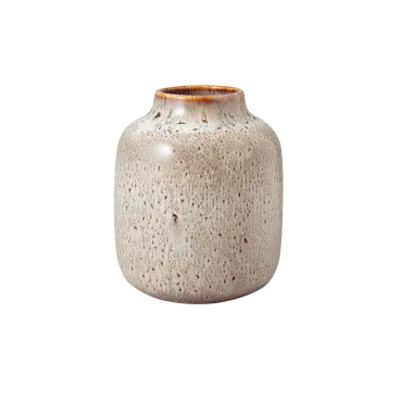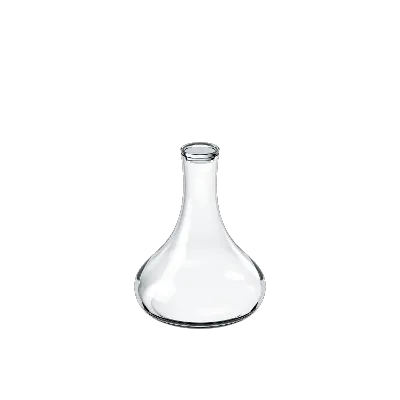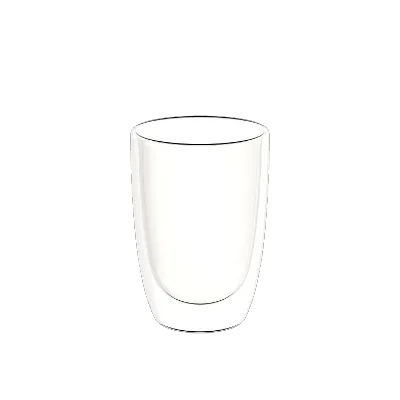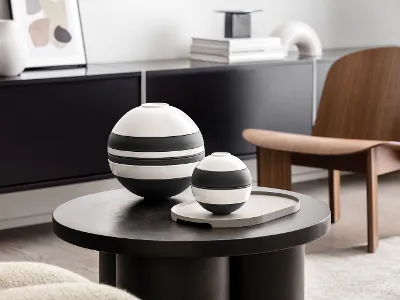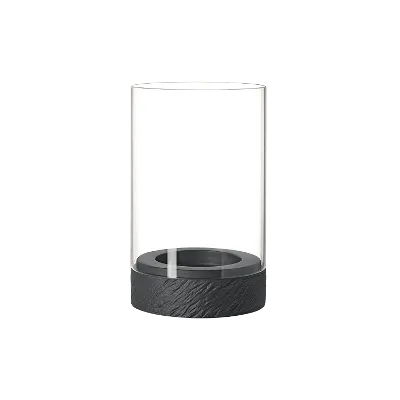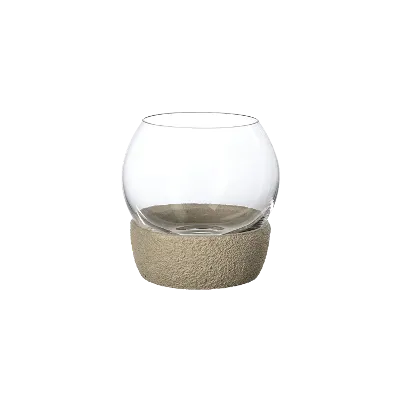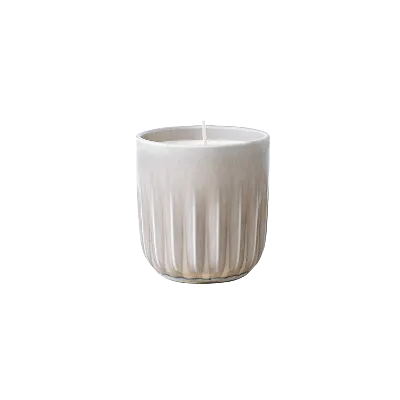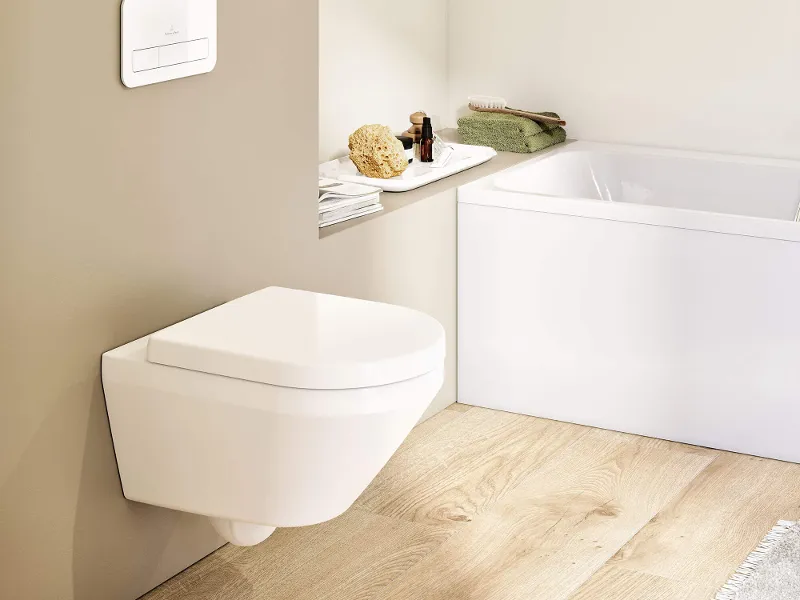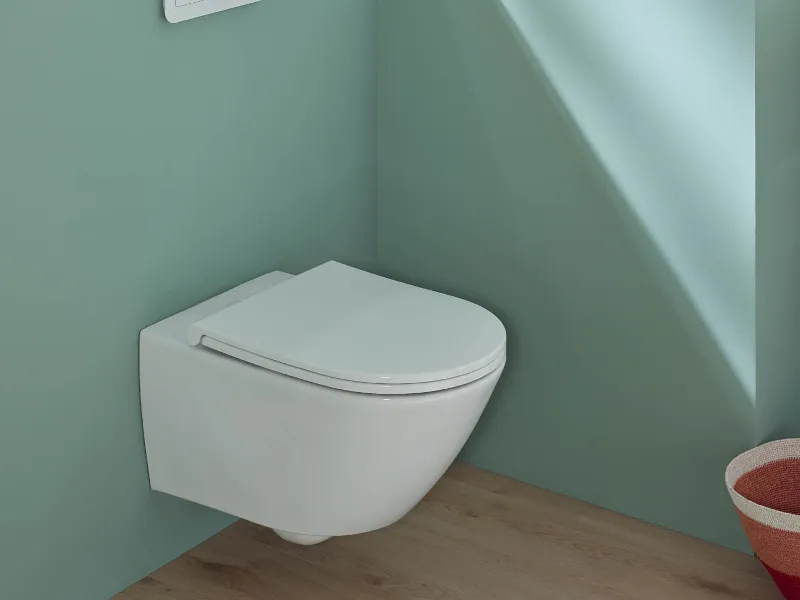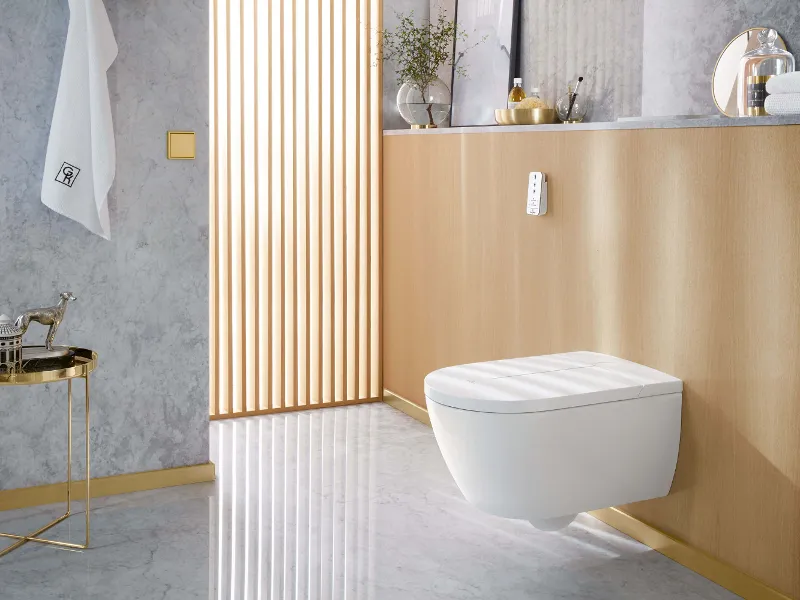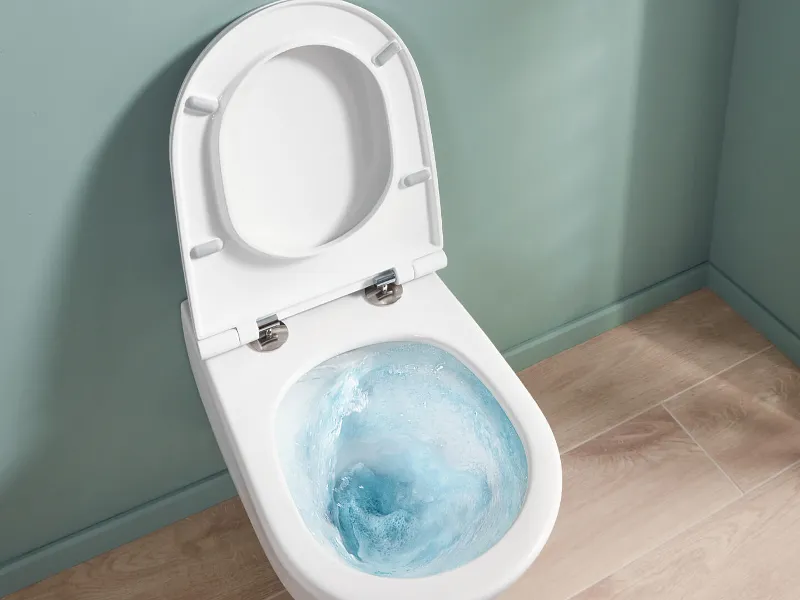Order cut off dates for Christmas Deliveries:
15 Dec for WA, SA & NT | 18 Dec for all other states
Clearing a blocked toilet
A blocked toilet is a real pain. Read on to find out what you can do about it.
Content
At a glance
Pour hot water into the toilet to dissolve the blockage
Toilet cleaner can help with minor toilet blockages
Leave vinegar and baking soda to work overnight
Food scraps are the most common cause of a blocked toilet
If household remedies don’t help, call a specialist
How to clear a blocked toilet
Food scraps, wet wipes and other foreign objects can block a toilet in no time at all. It is imperative that you stop using a blocked toilet to prevent making the blockage worse. If your toilet is blocked, a number of household remedies are great at dislodging the blockage and letting the water drain away again.
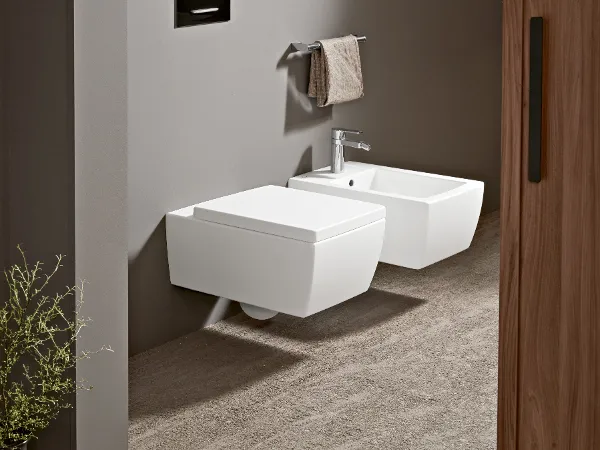
A toilet brush and hot water
If the blockage is clearly visible and not too far down the pipe, you can usually clear the blocked toilet using a toilet brush. Push the brush as far as you can into the drain – wear household gloves to make the job more manageable – and move it vigorously back and forth. This will loosen any fresh blockages.
If this method fails, hot water will help to dislodge stubborn blockages. Caution: do not use boiling hot water! If the water is too hot, it can damage your toilet’s ceramic or the CeramicPlus coating. Instead, boil several litres of water and then allow it to cool briefly. Next, pour it quickly into the toilet. Let the water sit for a few moments so that the heat has time to dissolve any foreign substances. Then flush once or twice.
Use pressure to clear obstructions: the plunger
The force cup - more commonly known as a plunger - is often the go-to tool when the toilet is blocked. It is also frequently used to clear blocked pipes or drains, even by professionals.
Place the plunger directly over the outlet, preferably so that the plunger itself is under water. Now exert a powerful downward force on the handle and then pull it up again. This will first create underpressure and then overpressure. This has a mechanical effect on the blockage in the toilet and dislodges any foreign materials. However, the plunger will then pull the solids upwards. You will have to wear gloves and remove these solids from the water by hand to prevent them from clogging the system again.
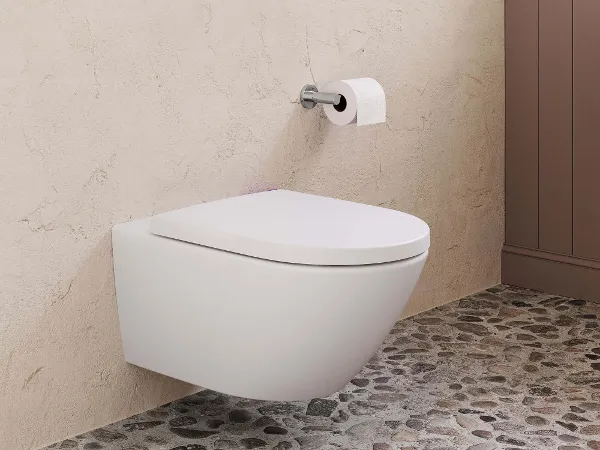
Household remedies for blocked toilets
If the toilet is blocked, household remedies can be an effective way to solve the problem yourself. There are numerous household remedies recommended for a blocked toilet. At the top of the list: acid. Both citric acid and cola are useful for unblocking toilets. Pour two to three tablespoons of citric acid or a litre of cola down the toilet drain and leave the acid to work for at least an hour. Then clean the toilet using a toilet brush.
While conventional toilet cleaners are helpful for removing limescale and urine scale, standard household cleaners can also work wonders for minor blockages. Do not pour these cleaners under the rim of the toilet: instead pour them directly into the drain. Leave the cleaner to work for a few minutes.
What to do when you don’t have a plunger
If you don't have a plunger, there are other methods you can use. We will also present a number of alternatives for clearing a blocked toilet. For example, you can use vinegar and baking soda or baking powder to clear a deep blockage in the toilet in a matter of hours.
If nothing helps, you will have to call in a specialist
The toilet is still blocked, you have used various household remedies and nothing has worked? Then it's time to call your trusted specialist. If you’re a tenant, it’s best to call the landlord. Specialist companies have various other means of clearing blockages in all types of toilets. It doesn't matter whether it's a washdown toilet like the Venticello or Architectura or a rimless-flushing toilet like those in the Subway or O.novo collections. Professionals will use their special tools to quickly remove deposits and blockages from your toilet, putting an end to the disruption of your daily routine.
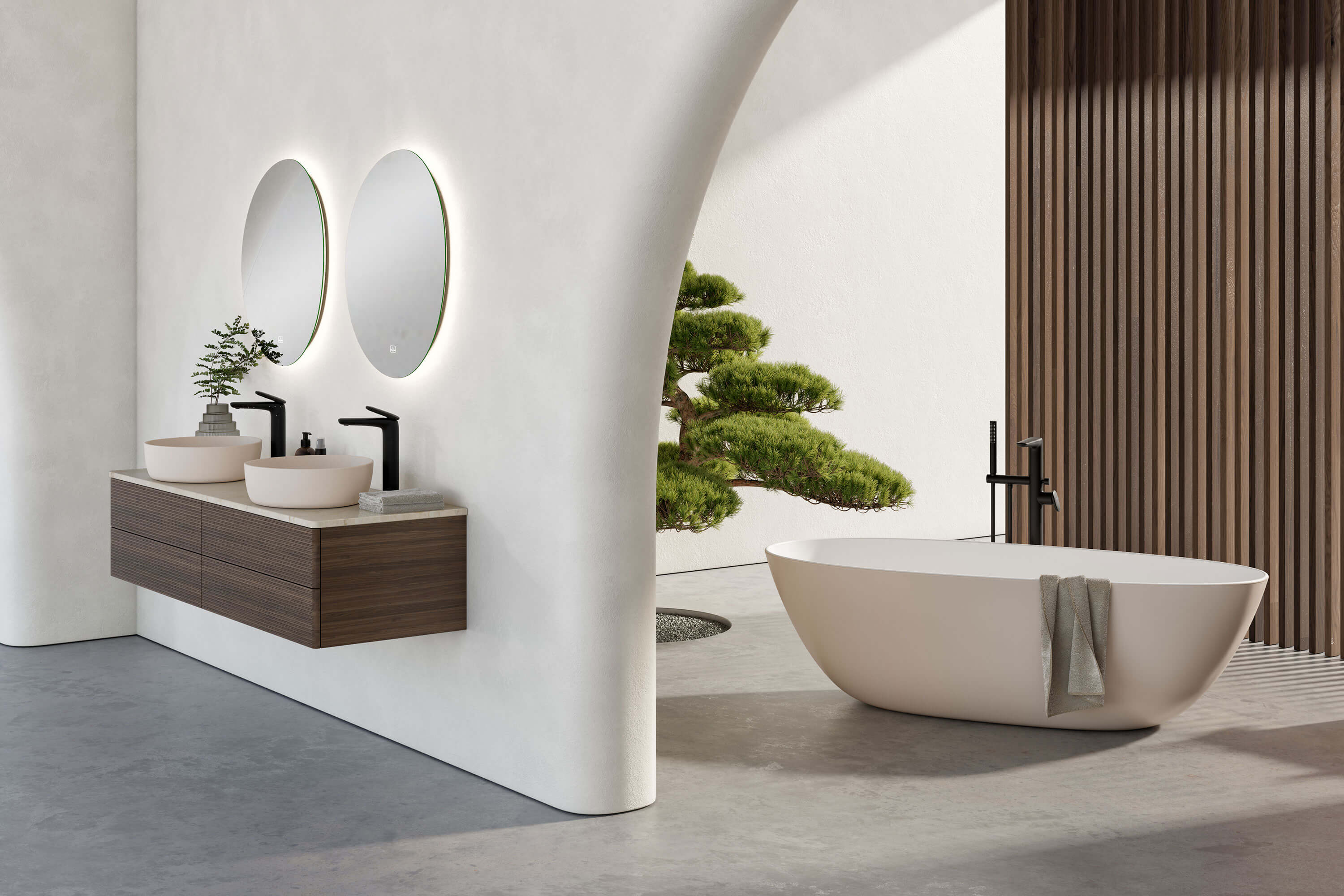
All about your personal spa bathroom
Discover modern bathroom ideas – including cleaning tips and exclusive benefits delivered straight to your inbox.
As a welcome gift, you will also receive a 10% discount on your first order of Dining & Lifestyle products.[0]


